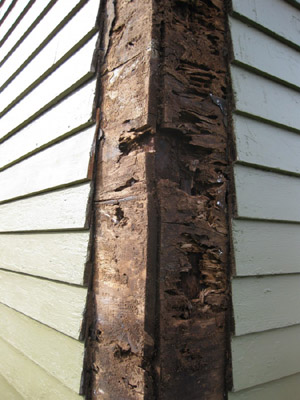HISTORIC BUILDING INSPECTIONS

HISTORIC BUILDING INSPECTION
All building conservation work begins with comprehensive visual inspection, photo documentation, and thorough investigation of the exterior and interior of the historic building. This involves careful observation of existing conditions and investigation to determine their cause. This can usually be accomplished on site using non-destructive testing methods.
ANALYSIS
Before developing a conservation plan projects often require laboratory tests such as paint analysis, acidity/ alkalinity even load bearing stress tests for walls and ceilings. Before beginning a project it is important to assess surface conditions as well as potential structural weaknesses. While we perform most of these procedures in-house, we also have access to advanced testing procedures.
PROJECT PLAN AND BUDGET
Once sufficient information is available, a plan and budget can be developed providing the client a description of various problems and the procedures required to mitigate them. While conservation treatments vary considerably with the location, nature and condition of the surface or structure, our objective is to provide treatments that are minimally invasive effective and durable.
PROJECT IMPLEMENTATION
The management of conservation work is just as important as the performance of the various treatments. Thoughtful and un-hurried performance of the various conservation treatments requires a carefully prepared and protected work place. Careful observation also sometimes requires modification of treatment methods to prevent degradation of original surfaces due to unexpected changes in surface conditions. In many cases is only after a project has begun that new and exciting evidence reveals itself and we manage all our projects to insure that this information will be incorporated into the project plan.


